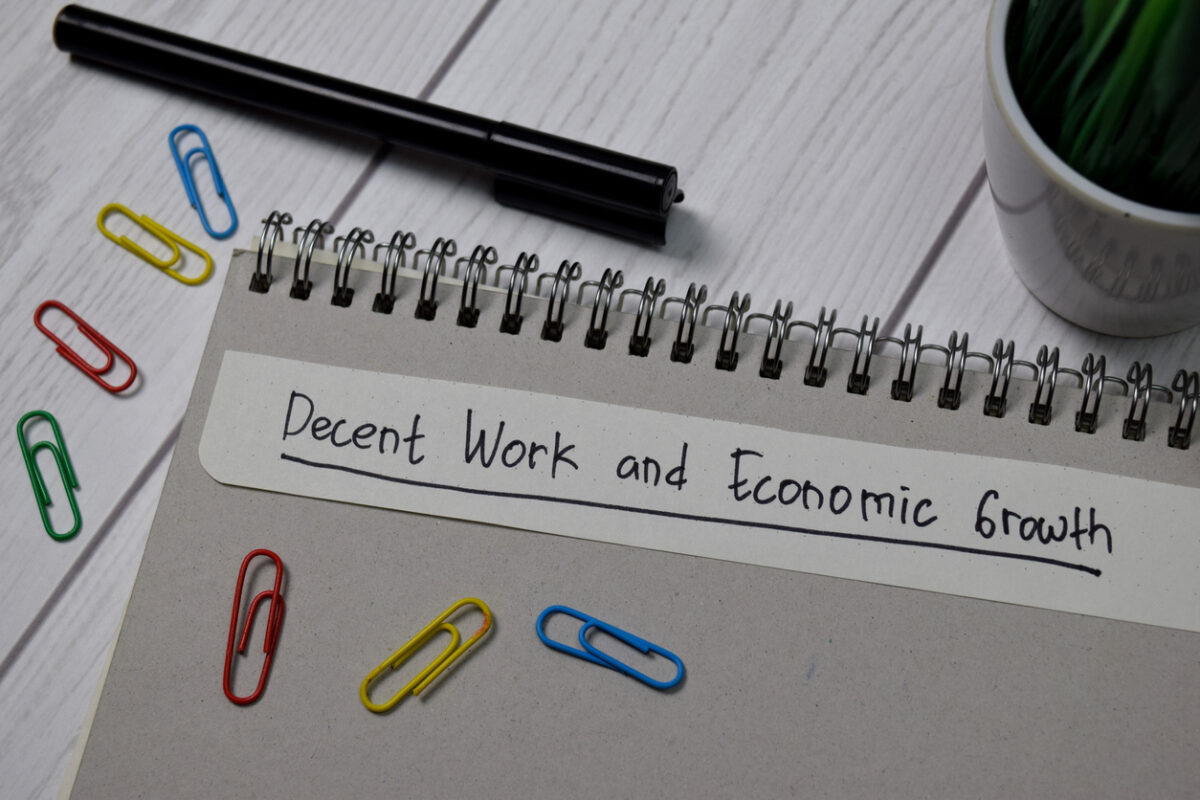
SafetyAtWorkBlog occasionally receives confidential documents and phone calls about workplace health and safety incidents, investigations and reports. It is time that this process was given some formality in order to encourage transparency on issues while, if necessary, preserving anonymity. To achieve this aim, a “tip-off” line has been created by SafetyAtWorkBlog using the Whispli whistleblowing platform.
If you have some information related to workplace health and safety that you think would be of interest to SafetyAtWorkBlog readers, please let me know by clicking this gateway and establishing an anonymous account.
Continue reading “SafetyAtWorkBlog “tip-off” line”





